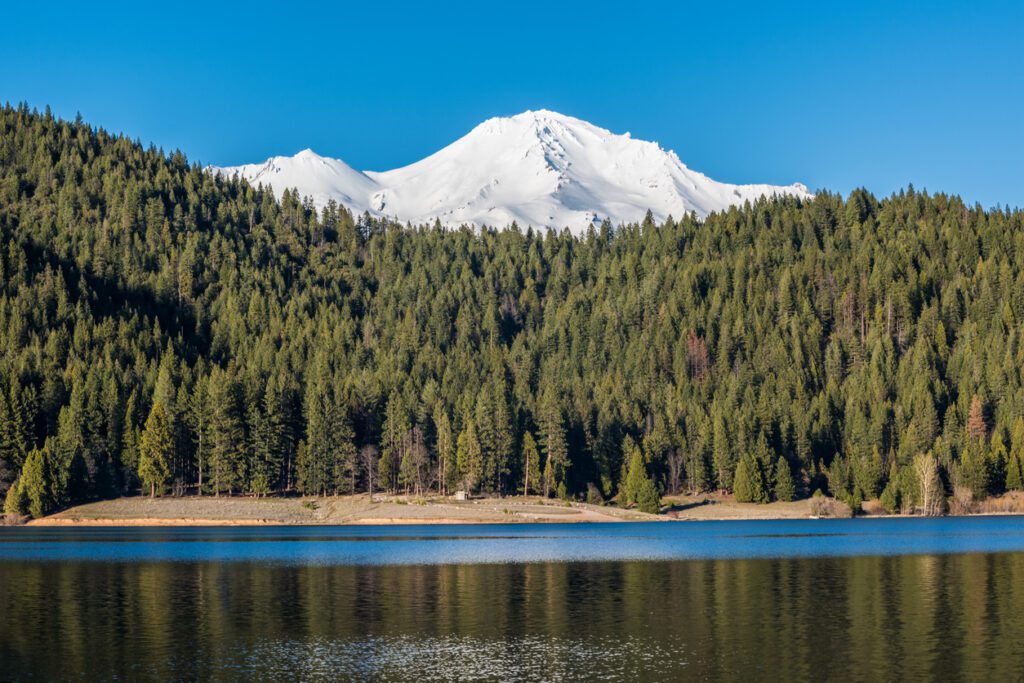The recent Atmospheric River storms and cyclone bombs have caused some of California’s most significant rainfall levels since 2017. These storms, which brought up to 10 inches of rain over parts of northern California, have substantially impacted the state’s water supply.
Here is an update on seven of the major reservoirs in California:
* Shasta Lake: Shasta Lake is currently at roughly 95 percent capacity and rising quickly due to this massive influx of rainwater. This is excellent news for California’s largest reservoir as it helps meet its flood control, power generation, and irrigation needs.
* Oroville Dam: The Oroville Dam has also seen tremendous gains from these powerful storms. The lake levels have risen significantly, and the dam is now fully operational.
* Folsom Lake: The current level of California’s largest reservoir has increased by more than 11 percent since the start of the storms, reaching almost 76 percent capacity.
* New Melones Lake: California’s largest reservoir saw a five percent increase in water levels due to these storms, bringing it to nearly 50 percent capacity.
* Don Pedro Reservoir: This California reservoir has seen an impressive 17 percent increase in water levels over the past few weeks due to the heavy rainfall, bringing it up to 73 percent capacity.
* San Luis Reservoir: California’s fourth-largest reservoir is now at 70 percent capacity, up from 63 percent before the storms rolled in.
* Lake Perris: California’s fifth-large reservoir saw its water levels increase by nine percent with this recent rainfall, bringing it to nearly 50 percent capacity.
These powerful storms have certainly had a positive impact on California’s reservoirs. In addition, the heavy rain has helped alleviate the state’s current drought conditions and may have helped stave off future water shortages. That said, California still faces long-term water storage and usage challenges, so while these storms are beneficial, they will only solve some of California’s water issues.
Overall, California’s reservoirs are in a much better position than before the Atmospheric River storms and cyclone bombs moved through. So the increased water levels are very encouraging, but California residents must still use water resources responsibly to ensure that we don’t face future shortages.
It is also important to note that California’s aquifers will not directly benefit from these storms, as the precipitation will mostly flow into rivers and reservoirs instead of trickling down underneath the surface of the earth. Therefore, California will need to continue using sustainable groundwater management practices to replenish its aquifers over time.
To summarize, California has significantly benefited from these powerful storms in all reservoirs. I only researched seven major reservoirs. These increases in water levels are excellent for California’s short-term water supply.
Thank you for reading this blog post, and if you have any questions or comments, please leave them in the Comments section below.
© 2019 I Don’t Know All The Answers, Nikki Mastro
All of my photographs and documents are Copyrighted.

